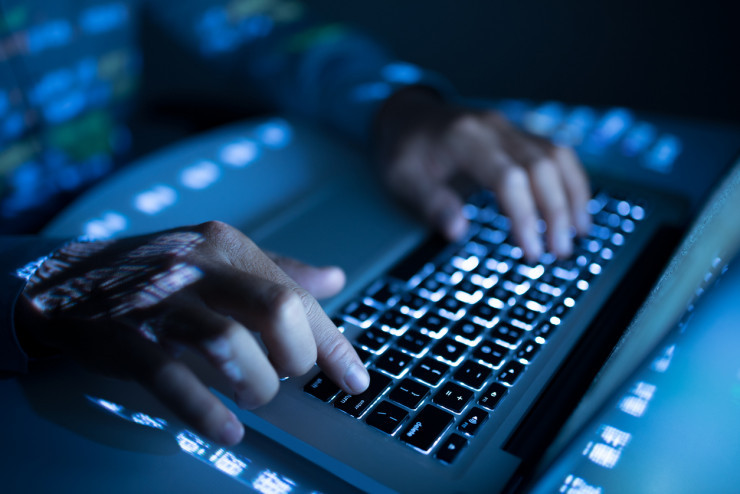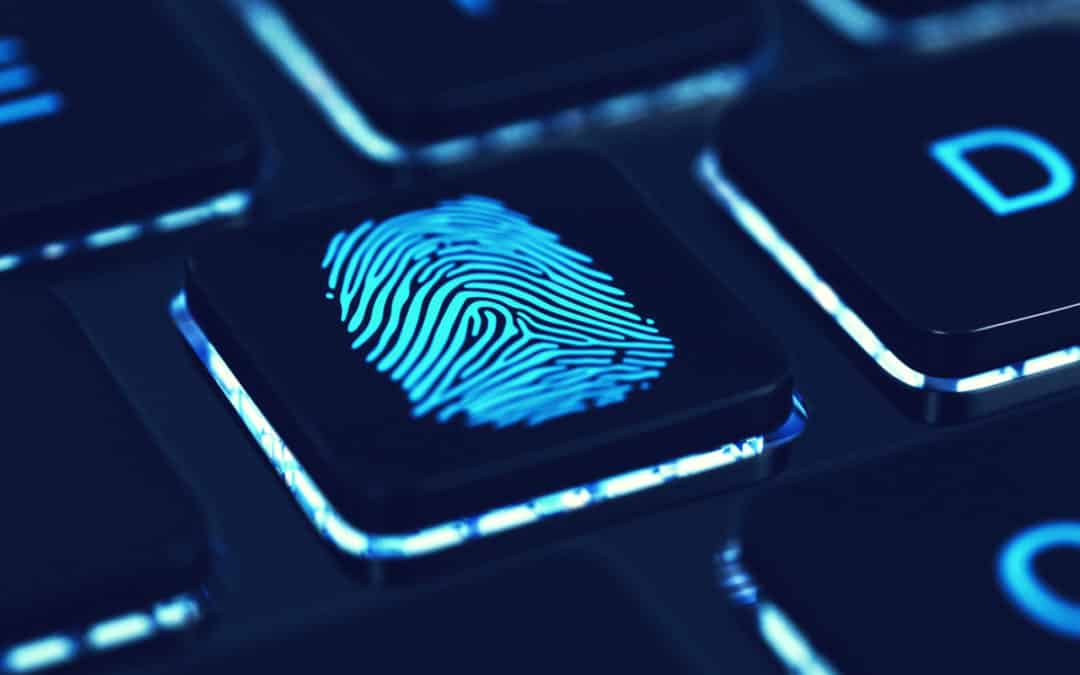Now Reading: Digital Forensics: Applications and Challenges
-
01
Digital Forensics: Applications and Challenges

Digital Forensics: Applications and Challenges
Digital Forensics
Cyber Crime is a violation of the cyber laws. The crimes committed over a digital platform or via the internet are diverse and complicated. It can be defined as a virtual attack on an individual, group or an organization’s reputation, financial stability, etc. Computers and digital platforms have become ubiquitous in our society, and thus it is very likely that any investigation will involve some form of digital evidence. [1] With the increase in the number and type of digital offences, the demand for digital forensic professionals and tools has increased. It is an emerging field and with the development in the tools and techniques to counter such crimes and violations, the cyber criminals comes with more advanced techniques to get away with the crime. Thus, with the ever increasing applicability of this field come various challenges. In this section we will discuss the growing application of Digital Forensics and also the Shortcomings and challenges faced.
Application of Digital Forensics
Digital Forensics is a branch of forensic science that deals with digital evidences in solving a crime under the regulations of law. With the wide availability and use of various digital media and devices, and social media there are various branches of digital forensics such as mobile forensics, network forensics, database forensics, email forensics, etc. With increasing digital crime in each branch, digital forensics has wide applicability.
The major applications of digital forensics are
- Crime Detection- There are various malwares and malicious activities that happen over digital media and networks, such as phishing, spoofing, ransomware, etc.
- Crime Prevention- There are various cyber crimes that happen due to lack of security or existing unknown vulnerabilities, such as zero-day vulnerability. Hence, cyber forensics helps in finding out these vulnerabilities and avoiding such crimes to occur.
- Crime Analysis- This is the main application of digital forensics. It involves- [2]
- Preservation- This process involves protecting the crime scene and the digital evidence or setup from further manipulation and photographing and video graphing the crime scene, for future reference. Also this process involves stopping any ongoing command that may be linked to the crime.
- Identification- This process involves identifying the digital media and devices that can serve as the potential evidence.
- Extraction- This process involves the imaging of the digital evidence, (to maintain the authenticity of the original evidence), for further analysis.
- Documentation- This involves maintaining the chain of custody and documenting all the evidence collected from the crime scene.
- Interpretation- This involves making of a report by the digital forensic expert about the analysis conducted on the digital evidence using various tools such as FTK (for imaging and mounting of evidences),Sleuth Kit and Autopsy (analyzes disk images and recover files from them) etc. and presenting it in the court of law. The conclusion is based on the evidence collected and reconstructing data fragments.
Challenges in Digital Forensics
The major challenges faced by digital forensic professionals are the growing number and size of evidence to be analyzed and the cybercriminals being equally equipped with anti-forensic tools to erase that digital evidence or to produce a delay in the digital evidence generation process.
Few of the current challenges in the field of digital forensics are listed as follows-[3]
- Digital Media types- There are various digital devices used these days. The technique used for one specific device cannot be used for some other device because of the different characteristics of each device. Moreover, the digital forensic expert must be equipped with the use of software for analysis and also the device being analysed.
- Online Disks- The large firms store their data on online disks. These generate a huge amount of data on online disks, and thus, imaging of such huge data takes a lot of time and also requires the firm to shut their services until the imaging is complete.
- Anonymity of the IP- This is one of the big challenge to cyber forensics. IP address allows network identification and location addressing of a device connected to a network. However, IP address can easily be spoofed by cybercriminals and hence can become a hindrance in the address location of the device. Similar to IP address spoofing, there is MAC address and email address spoofing as well that becomes a challenge for the digital forensic expert.
- Anti- Digital Forensic- This is used by cybercriminals and also used legitimately by individuals who want to protect their privacy. Anti-digital forensics is a set of techniques and measures used to slow down or incapacitate the process of investigation by manipulating, erasing, or obscuring the data. One of the most commonly used anti-digital forensic techniques is RootKit that has been used by cybercriminals for years to hide the activities of the malicious code.
- Testing and Validation- With the cybercriminals getting more equipped, there is always a need to update the software to efficiently analyze the evidences and also provide valid results that can be made admissible in the court of law, like the use of Virtual Machines. It is a forensic investigation tool that allows the investigators to clone the image from the target computer, virtually, but when the image is booted on a machine with different hardware, it installs the missing drivers and thus makes the image a modified one, thus renders it inadmissible in the court of law. [4]
Conclusion
The digitalization and growing use of computers and mobile phones in every household, and the companies linked through networks have increased the crimes happening virtually. Thus, the role of digital forensics comes into play and with the cybercriminals getting more equipped; the challenges faced in this domain of forensic science also increase. This article is a summary of all the key applications and challenges faced in digital forensics.
References-
- Casey Eoghan. Handbook of Digital Forensics and Investigation. London. Elseveir Inc. 2010.
- Dr. Naick B. R. Doraswamy, Bachalla Neelima. Application of Digital Forensics in digital libraries. International Journal of Library and Information Science. May–Aug 2016, Volume 5, Issue 2, pp. 89–94.
- Wazid, M., Katal, A., Goudar, R. H., & Rao, S.Hacktivism trends, digital forensic tools and challenges: A survey. 2013 IEEE Conference on Information and Communication Technologies. (2013). doi:10.1109/cict.2013.6558078
- Solomon G Michael, Rudolph K, Tittel Ed, Broom Neil, Barrett Daine. Computer Forensics Jumpstart. Canada. Wiley Publishing Inc. 2011.
Author:

Zoya is from West Bengal. She has worked around various fields of Forensic Science. She has multiple certifications in cyber forensics and internship experience in Medico-Legal and DNA department from Forensic Science laboratory, Lucknow, Uttar Pradesh. She gained some experience in Crime Scene Investigations while training under Delhi Police. She aspires to grow and develop in the field of cyber forensics.










